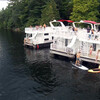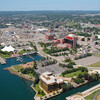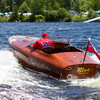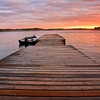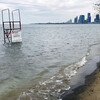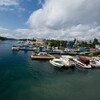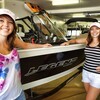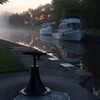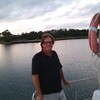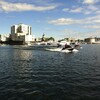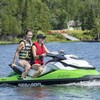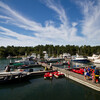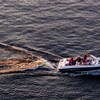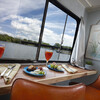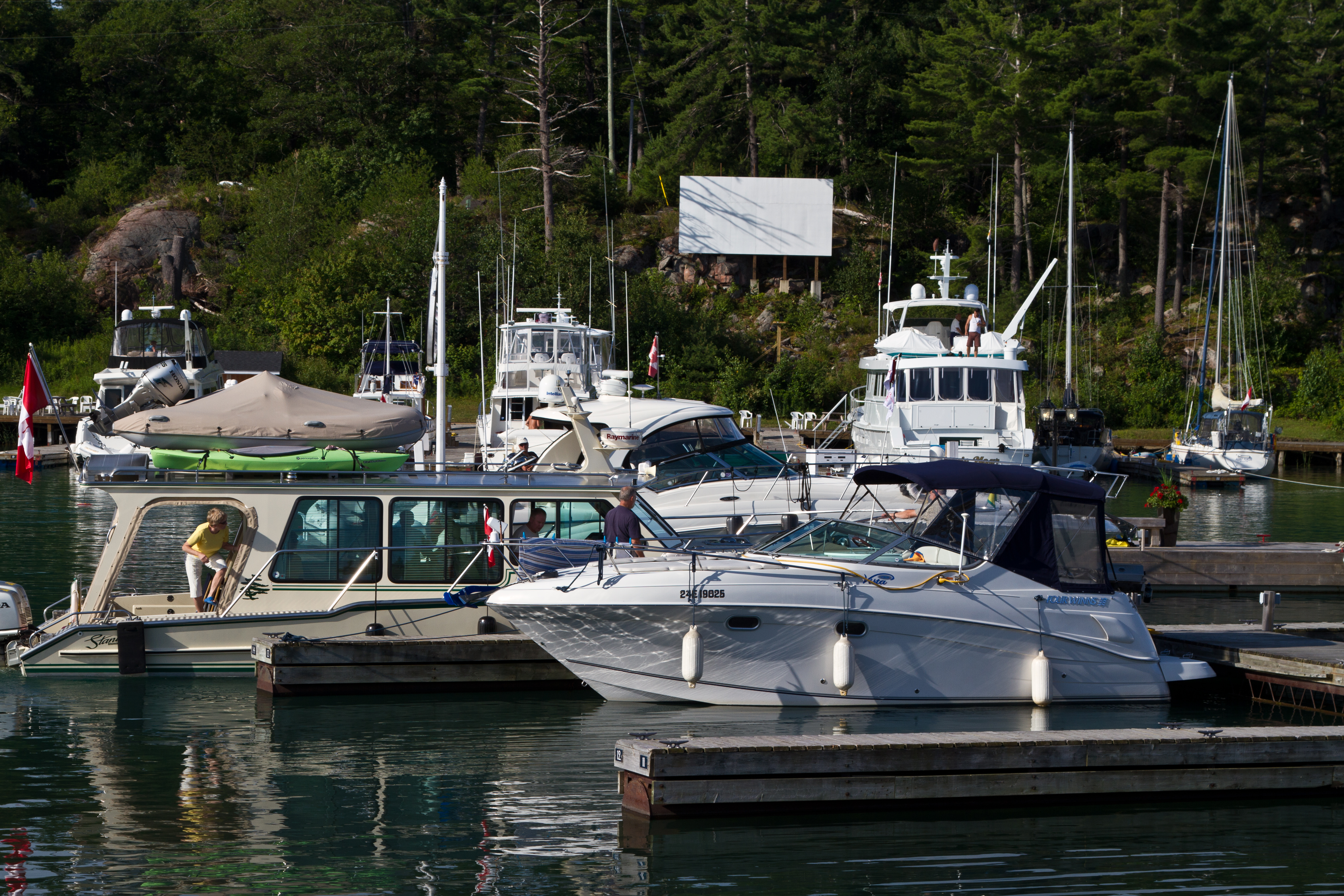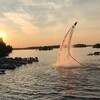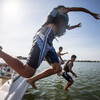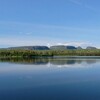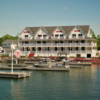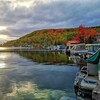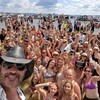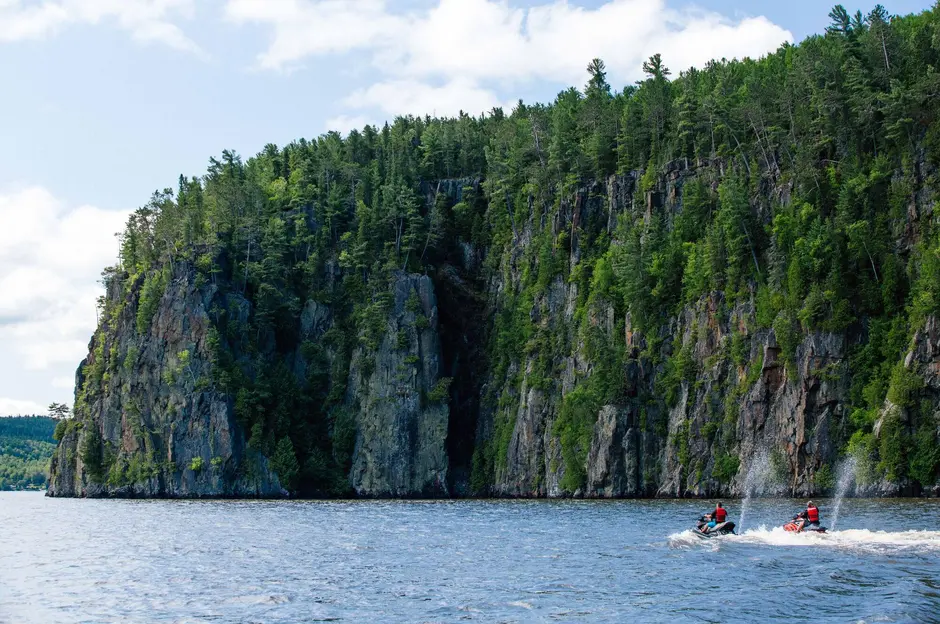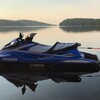
Cruising Lake Nipissing: Your Go-To Guide
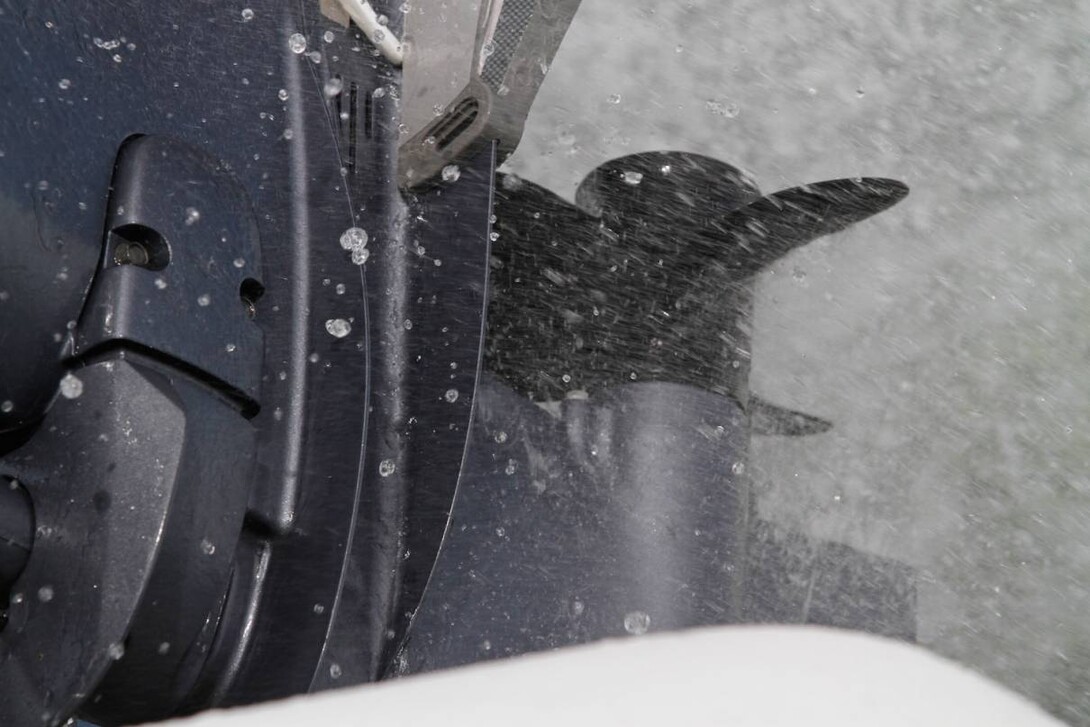
Lake Nipissing is notorious for the speed with which it can become treacherous when the weather turns foul—the combination of its shallow depth and low shoreline, its long fetch and orientation toward the direction of the prevailing winds, mean that it can become very rough in short order. It also exhibits a short wave interval, which makes it extraordinarily uncomfortable in windy conditions. All this is not meant to alarm you, but only to urge caution when venturing away from a protected area in a small craft.
We have been boating on Lake Nipissing for 40 years, but only in the past five years have we done any extensive cruising. Lake Nipissing presents an unusual situation for the boater—it is a very large lake, offering opportunities for the adventurous cruiser, yet its adjoining bays and river areas are as sheltered as any recreational waterway in the country.
Callander Bay, the South Bay, Cache Bay, the Northwest Arm, the West Arm, the West Bay, the South River, the Sturgeon River and the French River can all be navigated safely in small skiffs. However, to venture to the Goose or Manitou Islands in such a craft would be foolhardy, except under the most favourable circumstances.
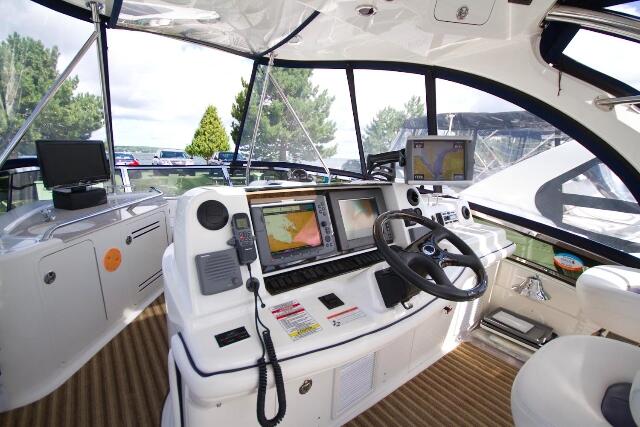
For 35 years, we were entirely comfortable with an 18-foot boat and a 100-horsepower outboard for our major boating needs. This took us fishing, cruising to the French River, water-skiing, and to visit our friends at other cottages. However, if we were venturing more than a few miles, we wanted to be certain that either there was a way home by road or that we kept a watchful eye out for changes in the weather. Innumerable trips to the French River and the Goose Islands were cut short when a storm front blew in.
Finally, we decided to bite the financial bullet and purchased a Bayliner 2855 cruiser. This is enough boat to handle pretty well anything Lake Nipissing will throw at us.
Now, we are at ease exploring the farthest reaches of the Lake. From our base at Hunter's Bay Marina, on the northeast shore of the South Bay, we have visited Callander and North Bay in the east, the Town of Sturgeon Falls in the North, Monetville and Portage Bay in the West and Chapman's Chute in the South.
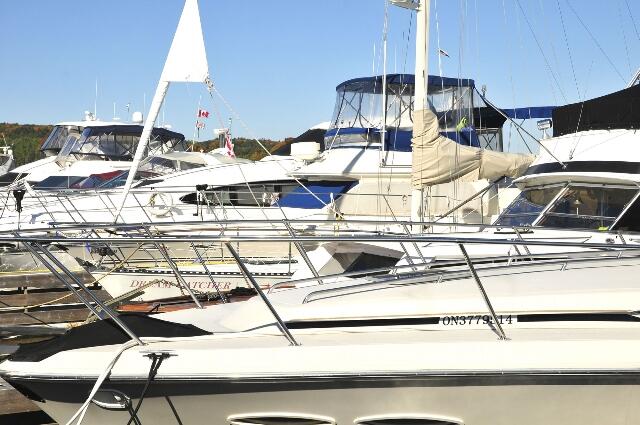
The development of the North Bay Marina on the city waterfront in the early 1980s created the first major facility for the recreational cruiser on the lake. Before that, dockage for a boat over 20 feet or so was severely limited. However, outside of this marina there are few docking facilities for cruisers such as are common on the Great Lakes. Many resorts offer fuel and a convenience store. Some offer overnight dockage, restaurant and shower facilities. Pump-out facilities are also available at several marinas.
Earlier in our boating experience, local knowledge was indispensable for cruising Lake Nipissing. However, the lake was re-charted in the 1980s and most areas can now be navigated safely by relying on the charts, a depth finder, a compass and the aids to navigation (buoys and day markers). Caution must still be exercised in the West Bay—a track from Hays Rock to the West Arm is well buoyed, but off of this route, there are many unmarked rocks and shoals. Most buoys in the West Bay and West Arm are privately maintained by the West Nipissing Boating Club and are not shown on the CHS charts.
Click here for Part 2 of Cruising Lake Nipissing
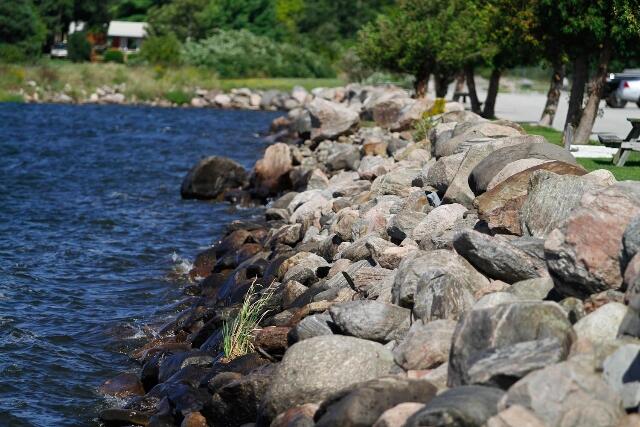
Recommended Articles
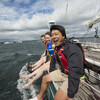
6 Ways to Explore the Great Lakes by Boat or Cruise
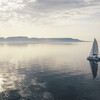
Discover Northern Ontario's Top Boat Tours
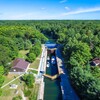
A Guide to Boating the Trent Severn Waterway in Ontario 2025
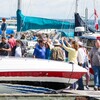
Boating Events in Ontario: A Complete Guide to Summer 2025
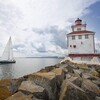
19 Charming Lighthouses to Visit in Northern Ontario
I Boated the Trent Severn Waterway and Here's What It Was Like
I Sailed the New Viking Octantis and Here's What It Was Like

Canadian Canoe Museum
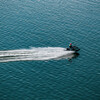
14 PWC Itineraries and Tips for Riding in Ontario

A Thousand Adventures: Boating the 1000 Islands in Ontario
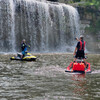
Road Tripping with your PWC
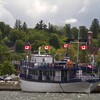
Boat Tours and Cruises in Ontario
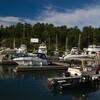
A Guide to Ontario's Marinas

5 Baller Boating Destinations in Ontario
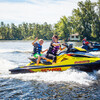
Amazing PWC Getaway
